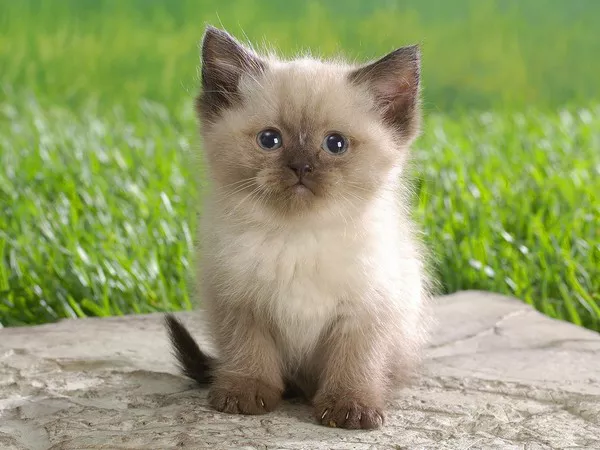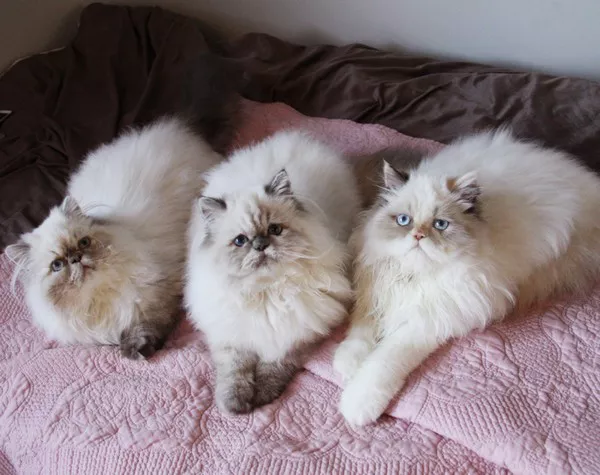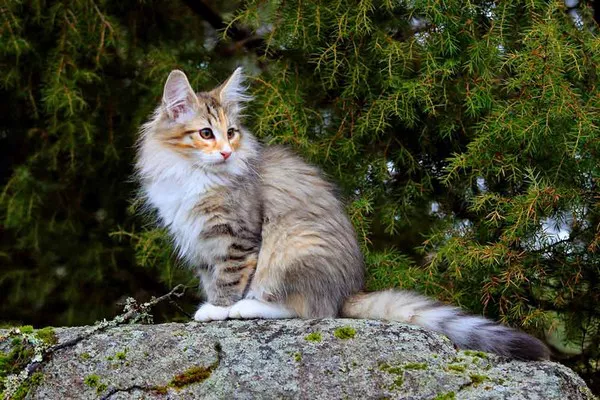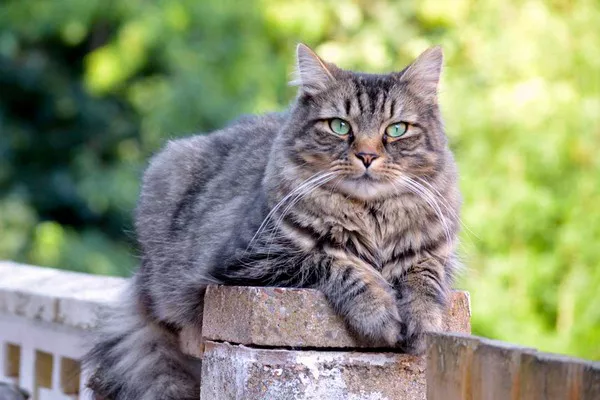Embarking on the journey of feline companionship often brings cat enthusiasts face to face with the captivating charm of Himalayan cats. Their regal appearance, characterized by striking color points and luxurious coats, makes them a sought-after breed. However, amidst the elegance, Himalayan cat owners may grapple with a common concern – excessive tearing or watery eyes. This comprehensive exploration delves into the intriguing question: Why do Himalayan cats’ eyes water? Unveiling the complexities of this phenomenon requires a nuanced understanding of the breed’s anatomy, genetics, and potential health issues.
The Enigmatic Beauty of Himalayan Cats
Origin and Elegance
Himalayan cats, a crossbreed between Persians and Siamese, boast a rich lineage and a captivating appearance. Known for their unique color points, luxurious long coats, and striking blue eyes, Himalayans embody an elegant charm that has enchanted cat enthusiasts for decades.
Distinctive Facial Structure
One of the defining features of Himalayan cats is their distinctive facial structure. Inherited from their Persian ancestors, Himalayans have a flat face with a brachycephalic skull shape. While this characteristic contributes to their endearing appearance, it also plays a role in the tendency for watery eyes.
Understanding Tear Production
The Role of Tears in Eye Health
Tears play a crucial role in maintaining eye health for both humans and cats. They help lubricate the eyes, wash away debris, and provide essential nutrients to the cornea. The balance of tear production and drainage is vital for clear vision and ocular comfort.
Tear Glands in Cats
Cats have tear glands located in the corner of each eye, known as the lacrimal glands. These glands produce tears, which then flow across the surface of the eye and drain through the tear ducts. The delicate balance of tear production and drainage can be influenced by various factors, contributing to the phenomenon of watery eyes.
Brachycephalic Anatomy and Its Impact
Brachycephalic Challenges
The brachycephalic facial structure of Himalayan cats, characterized by a shortened skull and flat face, presents both aesthetic appeal and potential challenges. This anatomical configuration can lead to issues such as brachycephalic airway syndrome and, relevant to our exploration, problems with tear drainage.
Nasolacrimal Duct Obstruction
In brachycephalic breeds like the Himalayan, the nasolacrimal duct—a small tube that drains tears from the eyes to the nose—can be more prone to obstruction. This obstruction can impede the normal flow of tears, resulting in overflow and visible tear staining on the fur beneath the eyes.
Genetics and Color Points
Genetic Influence on Tear Staining
Genetics play a significant role in a Himalayan cat’s susceptibility to tear staining. The genes responsible for coat color and pattern, including the color points, can also influence tear composition. Certain color points may be associated with a higher likelihood of tear staining, leading to the characteristic reddish-brown discoloration beneath the eyes.
Link Between Coat Color and Staining
The connection between coat color and tear staining is a fascinating aspect of Himalayan genetics. Understanding how specific genes contribute to both the cat’s aesthetic appeal and the occurrence of tear staining sheds light on the intricate interplay between genetics and physical traits.
Common Health Issues Contributing to Watery Eyes
Conjunctivitis and Infections
Himalayan cats, like any other breed, may be susceptible to eye infections and conjunctivitis. Inflammation of the conjunctiva, the thin membrane covering the eye and inner eyelids, can lead to increased tear production as a natural defense mechanism. Identifying and addressing infections promptly is crucial in managing watery eyes.
Dental Issues and Sinus Problems
Surprisingly, dental issues and sinus problems can contribute to watery eyes in Himalayan cats. Anatomical proximity between the oral cavity and the eyes may lead to tear duct obstruction if dental problems or sinus issues are present. Regular dental care and prompt attention to sinus concerns can mitigate these issues.
Environmental Factors and Allergies
Sensitivity to Environmental Factors
Himalayan cats may exhibit increased tearing in response to environmental factors such as dust, pollen, or irritants. Their sensitive eyes may react to allergens, leading to watery eyes. Understanding the environmental triggers and minimizing exposure can help manage tear staining in these regal felines.
Allergies and Tear Composition
Allergic reactions can alter tear composition, exacerbating tear staining in Himalayan cats. Identifying potential allergens, whether in their food or surroundings, and implementing strategies to reduce exposure can contribute to a healthier ocular environment.
Grooming and Preventive Measures
Gentle Eye Cleaning
Regular grooming is essential for managing tear staining in Himalayan cats. Gentle eye cleaning with a veterinarian-approved solution helps remove accumulated tear residue and prevents matting of the fur beneath the eyes. Developing a routine for eye cleaning fosters good hygiene and maintains ocular health.
Choosing Cat-Friendly Products
Selecting cat-friendly grooming products is crucial to avoid irritation or allergic reactions. Consultation with a veterinarian can guide cat owners in choosing safe and effective solutions for eye cleaning. Avoiding harsh chemicals and using products specifically formulated for feline eye care is paramount.
When to Seek Veterinary Attention
Persistent or Worsening Symptoms
While occasional tearing is normal for many cats, persistent or worsening symptoms require veterinary attention. Chronic tearing, redness, swelling, or signs of discomfort may indicate underlying health issues that necessitate professional evaluation.
Potential Medical Interventions
Veterinarians may recommend various interventions based on the underlying cause of watery eyes. Treatment options may include topical medications for infections, dental procedures to address oral issues, or surgical interventions to address tear duct obstruction. Early diagnosis and intervention are key to successful management.
Conclusion
In the enchanting world of Himalayan cats, the mystery of watery eyes unfolds as a multifaceted tapestry of genetics, anatomy, and potential health considerations. As devoted stewards of these regal felines, cat owners are entrusted with understanding and addressing the factors contributing to tear staining. From the intricacies of brachycephalic anatomy to the nuances of coat color genetics, unraveling the enigma of watery eyes requires a holistic approach. By fostering a proactive grooming routine, being attuned to potential health issues, and seeking timely veterinary attention, cat enthusiasts can ensure the well-being of their Himalayan companions. In doing so, we embrace the responsibility of preserving the crystal-clear gaze that defines the beauty of Himalayan cats, allowing their elegance to shine through, unencumbered by the veil of excessive tears.


























